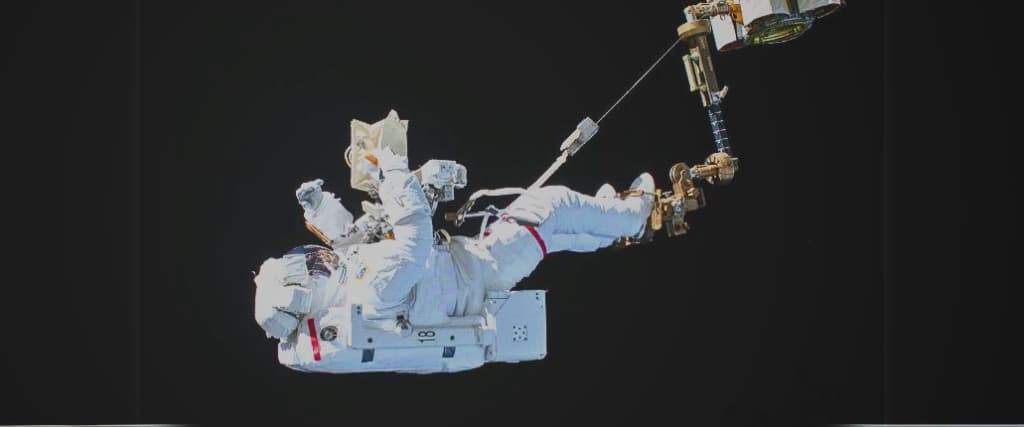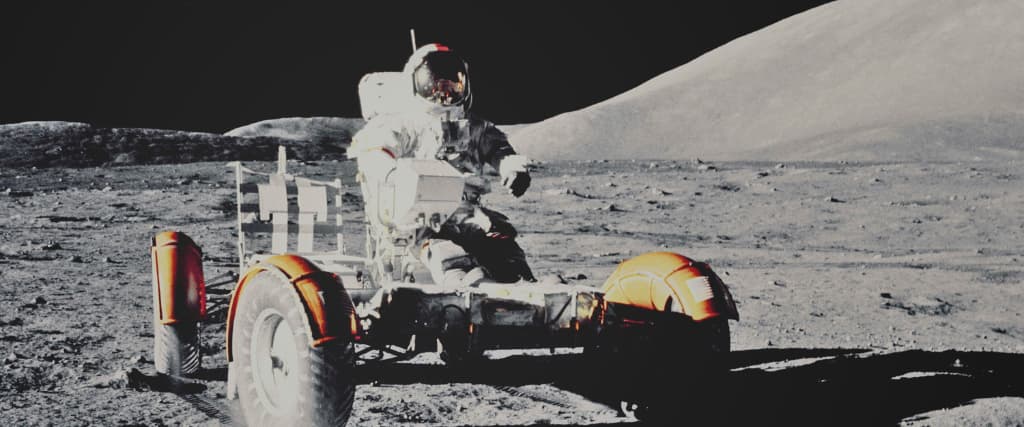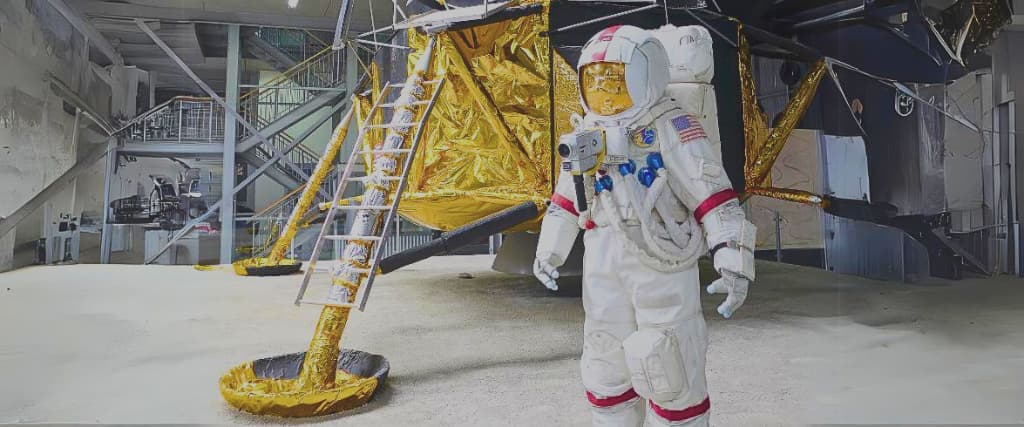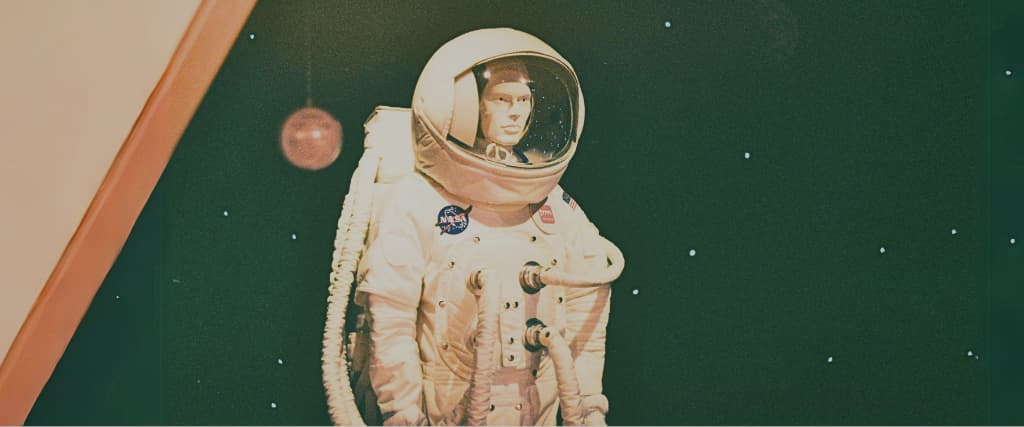What Astronauts Wear In Space
There are two types of spacesuits worn by astronauts – the Sokol suit and the Extra-Vehicular Activity (EVA). They use the Sokol suit throughout their journey to and from the International Space Station (ISS) and Extra-Vehicular Activity (EVA) for walking in space.
Why Do Astronauts Need Sokol Spacesuits?

Every astronaut confirms that the most dangerous periods for space exploration are during takeoff and landing. When the Soyuz spacecraft departs, the forces and pressures within the vessel may wreak havoc, causing the air inside the craft to escape, subjecting the occupants to a space vacuum. Similar issues might occur upon re-entry when temperatures of about 1600°C impact the entrance unit.
Essentially, the Sokol suit is a survival suit. Its sole purpose is to keep astronauts alive as long as possible to either solve a complication or return to earth. The outfit can sustain life for two hours in the vacuum of space.
Why Do Astronauts Need EVA Spacesuits?

If an astronaut takes a spacewalk outside the International Space Station, they must always be safeguarded against vacuum, extreme temperature, and oxygen deprivation. With its several layers, huge coloured helmets, big boots, and gloves, EVA spacesuits ensure the astronauts are safe while working outside the ISS.
Things you Need to Make Your own EVA Spacesuit

Whitetop
Gloves
Silver duct tape
White trousers (Tyvek overalls)
Cardboard
Cardboard tubes
Cereal box
Coloured sticky tape
Fabric glue
2-liter drinks bottles or use crisp lines or lengths
Double-sided tape
Adhesive velcro tape
Tyvek overalls are a decent option if you don’t have any extra white garments. They cost around £5 and are available online or at a reliable hardware store.
Carefully examine your flight suit for areas where you’d want to wear extra tubing to your arms and legs. Wear the suit and seek the aid of a friend to put tape over the joints and along the zip lines just like other astronauts do. Remember, if you don’t bend your limbs while doing this, you’ll probably find it impossible to do so later!
Although actual astronaut gloves must be able to preserve and repel heat, yours only have to resemble them. Grab the gloves and wrap its cuffs and knuckles with masking tape.
Use the cereal box container to make the air tank you’ll wear on your chest. Place the two bottles to act as the fuel cylinders on your back. Using white painting, cover the entire cereal box and the bottles by pouring some paint inside and gently shaking the bottles to cover their walls thoroughly, then allowing them to dry. Wrap the bottles together with two long pieces of duct tape.
Place the two plastic bottles side by side, then use two long strips of duct tape to attach them. Using velcro tape, attach and detach the oxygen tank and fuel cylinders from your spacesuit.
Note: Find out if plumbers, hardware stores, or DIY enthusiasts have any extra parts for your garment, like tubing.
Make Your Space Helmet

To make the most basic helmet, drill holes on one face of a head-sized cardboard box. To create a more lifelike helmet, paint it with PVA glue and white paint or wrap it with white paper.
The helmet may take much longer to construct, and you might require adult assistance with the more complicated pieces.
What you need:

Large balloon
Black felt-tip pen
Old newspaper
Plain white paper
Wallpaper paste (or flour and water paste)
Optional extra: visor
Two-liter plastic drink bottle — with smooth sides
Glue gun — adult supervision is needed
Wide sticky tape
What To Do
Draw the visor on the balloon. For the neck opening, draw another line around the balloon.
Place the balloon in a plant pot or jug and cover it with layers of papier-mâché (at least three layers). Remember to leave the neck and visor holes open. Allow enough time for each papier-mâché layer to dry. Finish your helmet with another layer (fourth) of white papier-mâché if you don’t want a visor.
To make a visor for your helmet, trim the ends off the bottle to form a cylinder. Then, cut a straight line on one side of the cylinder to construct a rectangle. Cut it to fit over the papier-mâché visor opening if necessary.

Ask an adult to help you use the hot glue gun to cover the top of the visor opening. Allow the warm glue to cool before applying it to the plastic to avoid melting it. Press the long edge of the plastic against the glue to secure the visor.
Cover the visor’s edges with papier-mâché and add two more layers to the helmet. Paint the final layer white to match a real space helmet’s colour.
Before popping the balloon, let the helmet dry completely.
Cut the helmet’s base to make it fit over your head.
Remember to add Destination Space and Principia Mission insignia to your helmet, which you can find in our Mission supplies.
